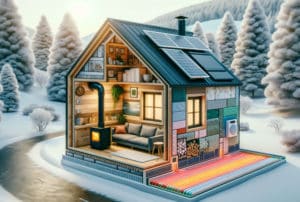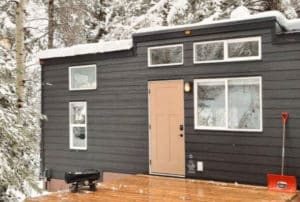





A link to download your FREE brochure will be in your inbox in 3 minutes



















The final price may vary based on project specifics.
To get a free accurate quote tailored to your needs, book a consultation with us today!

The price per square foot provided is an average and may vary depending on project-specific details such as materials, location, complexity, and other factors. Actual costs may differ from the average provided.
It is recommended to obtain a detailed quote based on the specific requirements of your project.

Please note that the monthly payment displayed on this page is an estimate and is subject to variation based on the selected loan product, applicants credit score, loan amount, and other financial details. Actual monthly payment may differ from the estimate provided.
It is recommended to seek advice from a financial advisor or loan officer to obtain precise payment information tailored to individual circumstances.
 Your Trusted
Local Contractor
Your Trusted
Local Contractor
 Living in a tiny house in cold climates can be both rewarding and challenging. From ensuring proper insulation to managing grey water disposal in freezing temperatures, creating a comfortable and cozy home requires careful planning. Here’s a guide on how to make your tiny house suitable for cold weather and ensure it stays warm through the harshest winters.
Living in a tiny house in cold climates can be both rewarding and challenging. From ensuring proper insulation to managing grey water disposal in freezing temperatures, creating a comfortable and cozy home requires careful planning. Here’s a guide on how to make your tiny house suitable for cold weather and ensure it stays warm through the harshest winters.
To keep your tiny house warm, start with proper insulation. One of the most effective insulation materials for cold climates is spray foam, known for its high R-value (a measure of thermal resistance). This material expands to fill all the gaps in your walls, roof, and floor, preventing cold air from seeping in and ensuring a stable, comfortable temperature inside.
Heating a tiny home in winter requires an efficient and suitable heat source. Many tiny house owners in cold regions opt for wood stoves because they provide a lot of warmth, are eco-friendly, and add a cozy atmosphere to small spaces. A wood stove can easily heat a tiny home during harsh winters, like in a Wyoming winter.
Cold weather brings the risk of pipes freezing and moisture buildup. To combat freezing, install a heated hose to prevent water lines from freezing. This is particularly important for grey water disposal and plumbing, as freezing temperatures can cause blockages or damage. Proper insulation for plumbing lines and tanks, such as a grey water tank, is crucial in cold climates.

For those living off-grid, staying warm in cold climates requires reliable energy sources and careful planning. Solar panels can provide enough electricity for small appliances and even heating, but it’s essential to have backup power for cloudy days. A combination of solar power and wood stoves is ideal for maintaining warmth while living off-grid.
Living in a tiny house in cold climates requires careful planning for insulation, heating, and moisture control. By installing high-quality spray foam insulation, choosing the right heat source, and protecting your plumbing from freezing, you can create a warm, comfortable space that stays cozy even in the harshest winters. Whether you’re living off-grid or connected to utilities, proper preparation will ensure your tiny home is ready for whatever the winter brings.
Proper insulation is crucial. Using spray foam insulation with a high R-value helps fill gaps in walls, roof, and floor, preventing cold air from entering. Insulating the floor and increasing wall thickness can also improve warmth without sacrificing much interior space.
Wood stoves are popular for their efficiency and cozy atmosphere, especially in off-grid settings. They provide ample warmth and are eco-friendly. Electric heaters or propane heaters are alternatives, but ensure proper ventilation to prevent moisture buildup.
Install a heated hose to keep water lines from freezing. Insulate plumbing lines and tanks, including grey water tanks. In extremely cold climates, consider placing water tanks inside the home and ensure all pipes are adequately insulated to prevent freezing.
Proper ventilation is key to prevent moisture problems like condensation, mold, and mildew. Use fans to circulate fresh air, and install high-quality, double-paned windows to reduce condensation and heat loss. Sealing gaps around doors and windows also helps maintain warmth and reduce moisture.
Get a First Look at Real ADU Projects